Learn the Basics
Learn the Basics
What is Red Light Therapy?
Red light therapy (RLT) is a fascinating and increasingly popular treatment modality that leverages the power of specific wavelengths of light to promote healing, reduce inflammation, and improve skin appearance, among other health benefits. This treatment, also known as low-level laser therapy (LLLT) or photobiomodulation (PBM), has its roots in the early scientific explorations of light’s effects on biological tissues. The journey of understanding and harnessing these effects for therapeutic purposes has been marked by significant scientific curiosity and innovation.
Understanding Red Light Therapy
At its core, red light therapy involves exposing the body to a specific range of light wavelengths, typically between 630 and 670 nanometers (nm) for red light and 810 to 850 nm for near-infrared (NIR) light. These wavelengths are part of the electromagnetic spectrum and are characterized by their ability to penetrate skin and tissue to various depths without causing damage or discomfort. The therapy is delivered using devices that emit red and/or NIR light, which can range from handheld units to larger, panel-like structures designed for whole-body exposure.
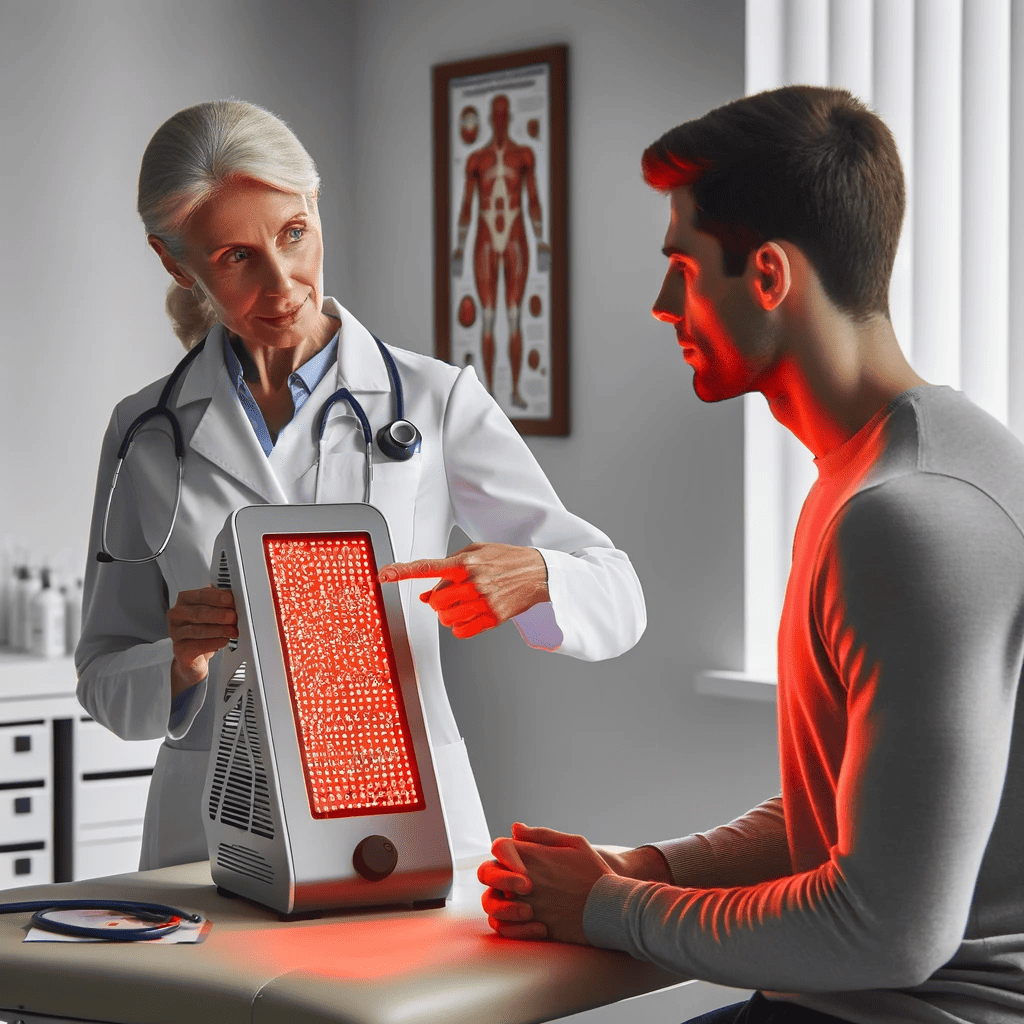
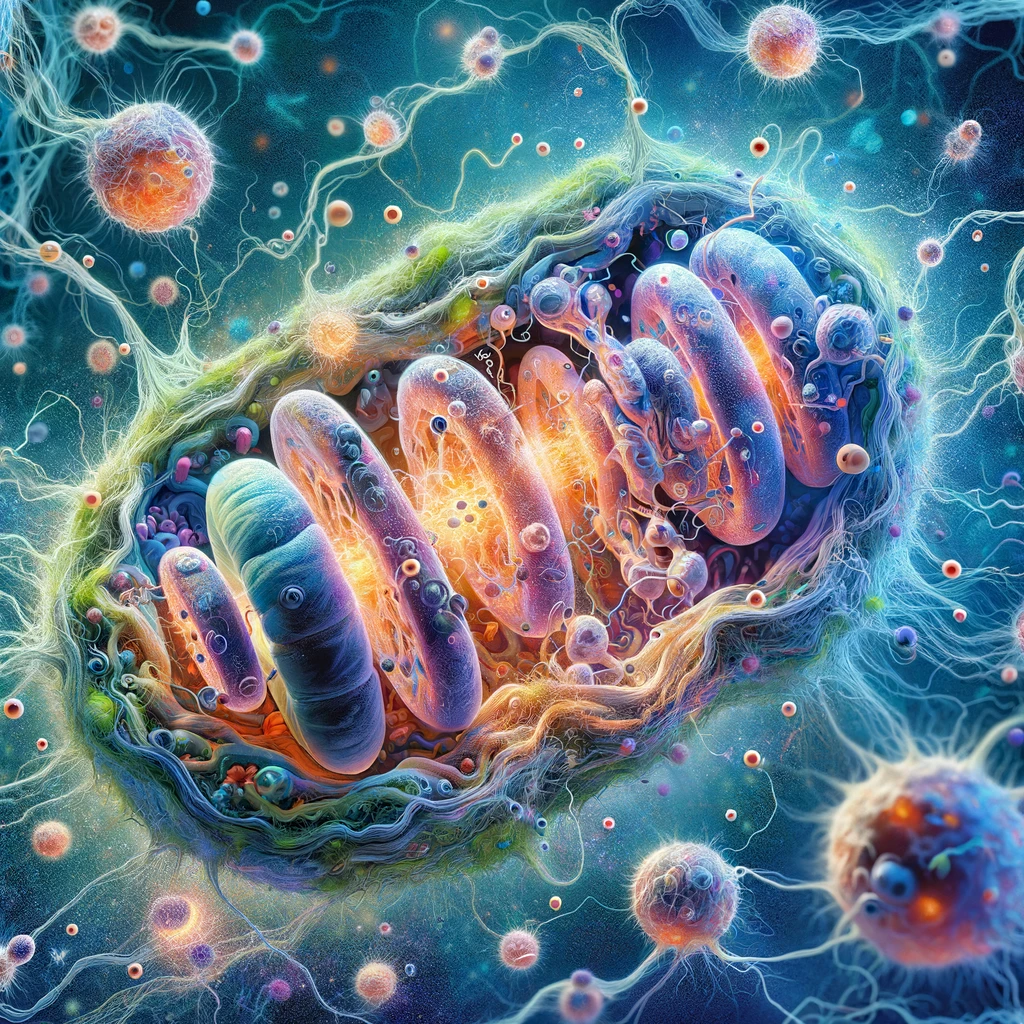
The Impact of Light on the Body
To appreciate the significance of red light therapy, it’s crucial to understand the impact of light on the body. Light, particularly in the red and NIR spectrums, has been found to interact with cells in a way that can stimulate mitochondrial activity. Mitochondria, often referred to as the powerhouses of the cells, play a critical role in energy production through a process known as cellular respiration.
When red or NIR light photons are absorbed by the skin and underlying tissues, they reach the mitochondria and are thought to stimulate the production of adenosine triphosphate (ATP), the primary energy currency of the cell. This boost in ATP production is believed to enhance cellular metabolism, leading to faster repair and regeneration of damaged cells, reduced inflammation, and increased collagen production.
Health Benefits of Red Light Therapy
The therapeutic benefits of RLT are vast and varied, ranging from skin health and wound healing to muscle recovery and joint pain relief. Here are some of the key areas where RLT has shown promise:
How Red Light Therapy Works
The procedure for red light therapy is straightforward and non-invasive. During a treatment session, the targeted area of the body is exposed to the light source from a distance of a few inches for a specified duration, typically ranging from a few minutes to up to 20 minutes, depending on the condition being treated and the device used. The process is painless, and patients can return to their daily activities immediately after treatment with no downtime required.

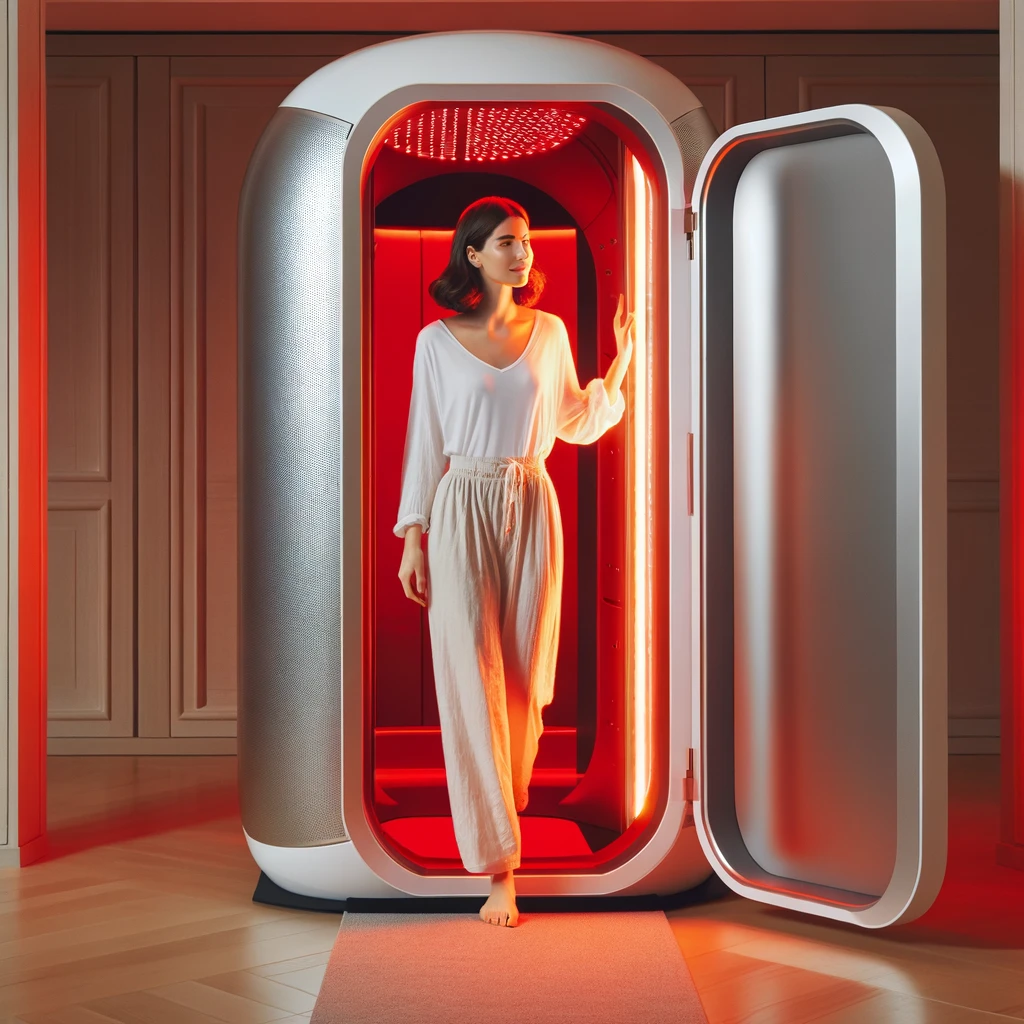
Safety and Consideration
RLT is considered safe when used as directed. The therapy does not contain ultraviolet (UV) light, which can cause skin damage with excessive exposure. However, as with any therapeutic treatment, it’s essential to use RLT devices according to the manufacturer’s guidelines and under the supervision of a healthcare professional, especially for individuals with underlying health conditions or those using photosensitizing medications.
In Conclusion
Red light therapy represents a compelling intersection of technology and health, offering a non-invasive solution to a variety of physical and potentially mental health challenges. Its basis in enhancing cellular function and promoting healing from within aligns with a growing interest in treatments that support the body’s natural processes. As research continues to unfold, the potential applications and benefits of RLT may expand, offering new hope for conditions that are currently challenging to treat. With its promising outcomes and safety profile, red light therapy is poised to become an integral part of holistic health and wellness routines for people seeking natural, effective ways to improve their health and well-being.
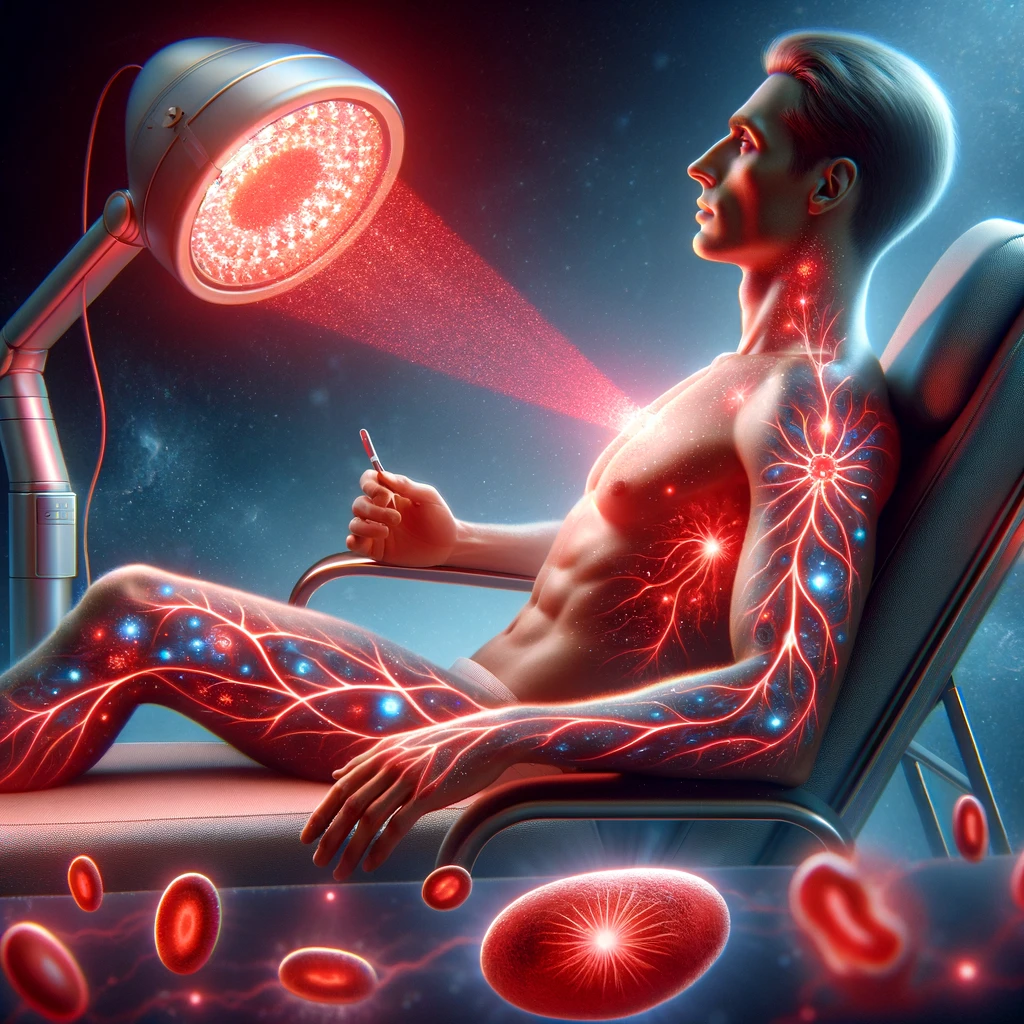
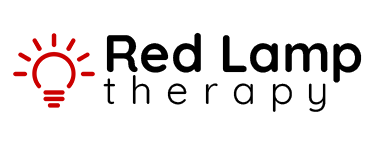
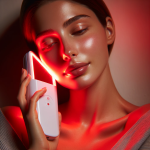 RLT is widely used for its anti-aging benefits, helping to reduce wrinkles, improve skin tone, increase collagen production, and promote overall skin rejuvenation. It’s also been used to treat acne, rosacea, and eczema.
RLT is widely used for its anti-aging benefits, helping to reduce wrinkles, improve skin tone, increase collagen production, and promote overall skin rejuvenation. It’s also been used to treat acne, rosacea, and eczema. By enhancing cellular repair and regeneration, RLT can accelerate the healing process of wounds, reduce scarring, and improve the outcome of skin injuries.
By enhancing cellular repair and regeneration, RLT can accelerate the healing process of wounds, reduce scarring, and improve the outcome of skin injuries. RLT has been shown to reduce inflammation and alleviate pain in conditions like arthritis, tendinitis, and back pain. It’s thought to do this by reducing pro-inflammatory cytokines and increasing circulation.
RLT has been shown to reduce inflammation and alleviate pain in conditions like arthritis, tendinitis, and back pain. It’s thought to do this by reducing pro-inflammatory cytokines and increasing circulation. Athletes and fitness enthusiasts use RLT to support muscle recovery after intense workouts. The therapy can help reduce muscle fatigue, decrease inflammation, and increase the production of muscle proteins.
Athletes and fitness enthusiasts use RLT to support muscle recovery after intense workouts. The therapy can help reduce muscle fatigue, decrease inflammation, and increase the production of muscle proteins. Exposure to red and NIR light has been explored for its potential benefits in treating depression and anxiety, possibly by affecting brain function and mood-regulating mechanisms.
Exposure to red and NIR light has been explored for its potential benefits in treating depression and anxiety, possibly by affecting brain function and mood-regulating mechanisms.
